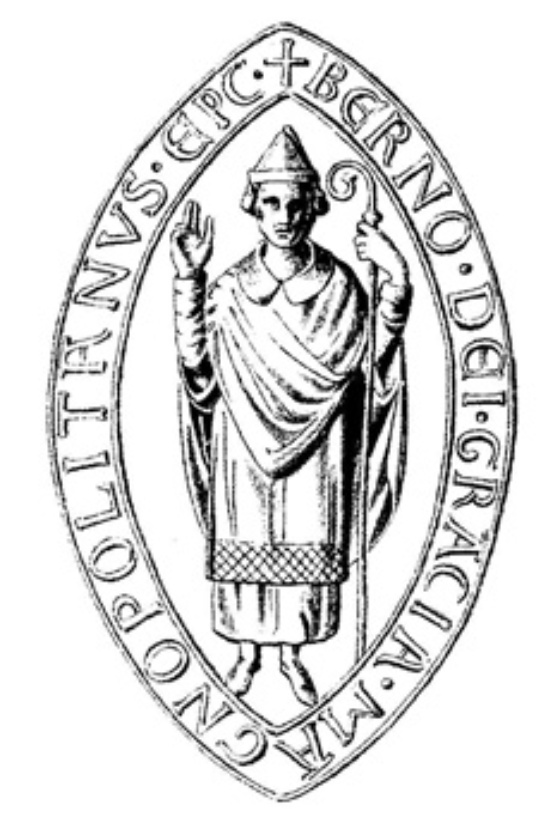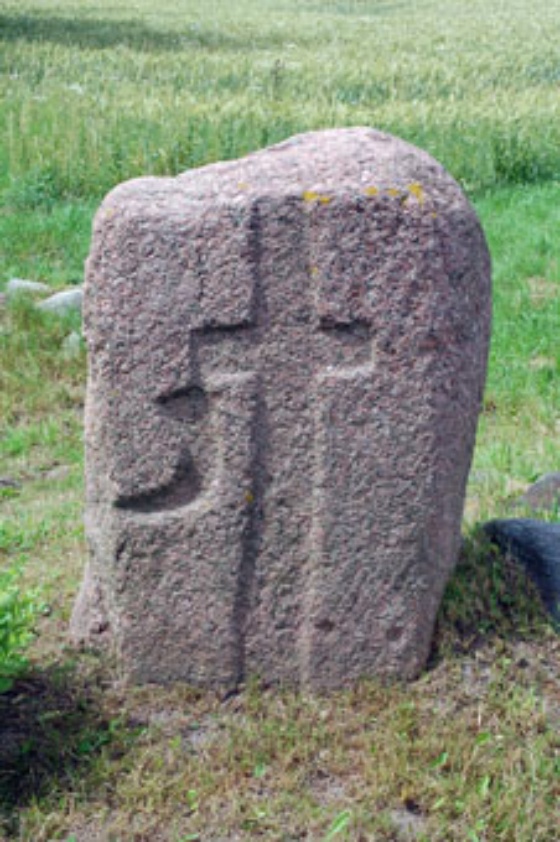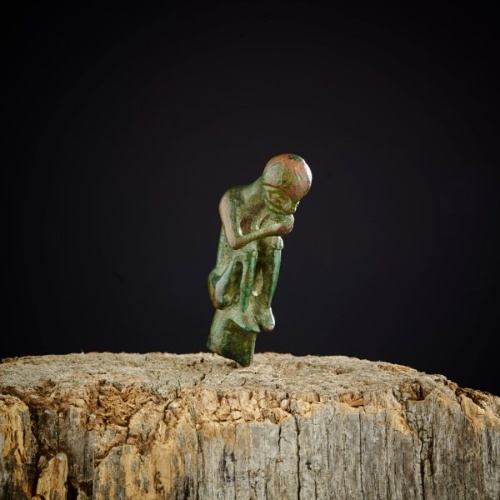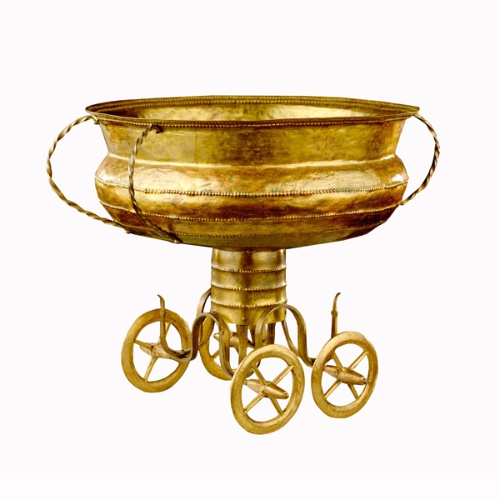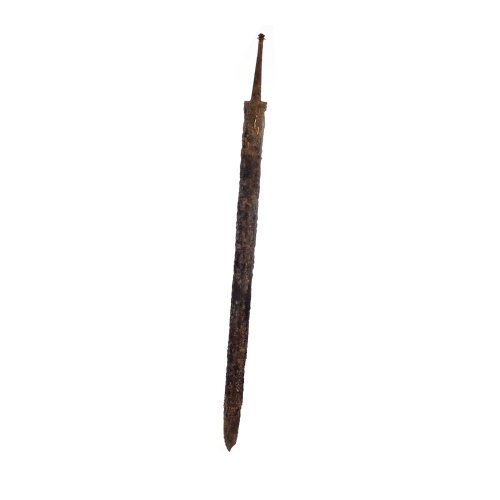During the Germanic settlement era of the Langobards, Warini and Semnones cultic actions emanated from natural religious beliefs.
Later Slavs created cultic centres such as the main town of the Lutici in Rethra with different worshipped idols for harvests, war or weather.
In the early 12th century Bishop Otto of Bamberg arranged for the destruction of idols in the state and the construction of Christian churches. In 1154 the Emperor gave Henry the Lion the right to appoint bishops in Oldenburg (Holstein), Mecklenburg and Ratzeburg. Bishop Evermods (died 1178) is considered to be the father of the Christian church in this region. He worked in Ratzeburg from 1154.
After 1160 Bishop Berno in Schwerin became “Apostle of the Obotrites”.
The first Cistercian convents in Althof near Doberan and Dargun were destroyed by the Slavs and then rebuilt.
